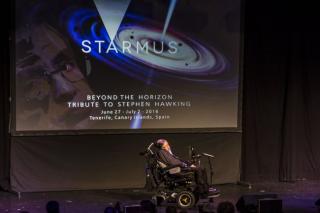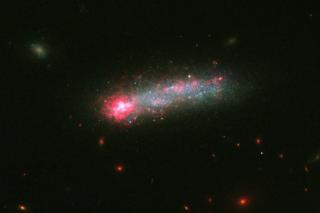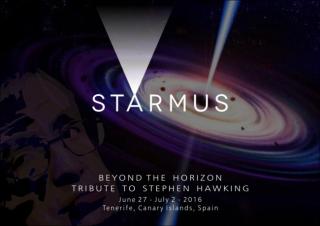
The cosmologist and theoretical physicist Stephen Hawking, who was recently named Honorary Professor of the Instituto de Astrofísica de Canarias (IAC) was the key figure of the first session, -moderated by Brian Cox, physicist and science popularizer on the BBC- on the third day of the Starmus Festival in Tenerife. In his talk, with the title “A brief History of Mine” he began by describing his childhood, and his years at school and at university, until he obtained his studentship at Cambridge, to study for his PhD in cosmology. He explained that during his student years “they diagnosed my
Advertised on




